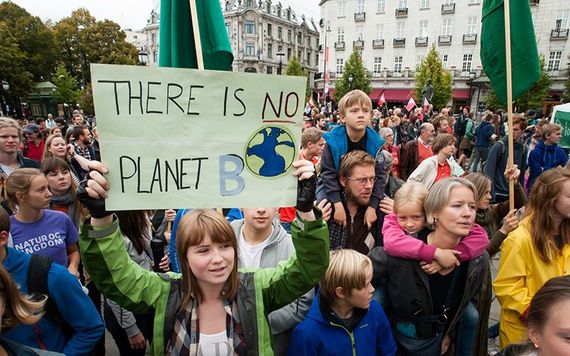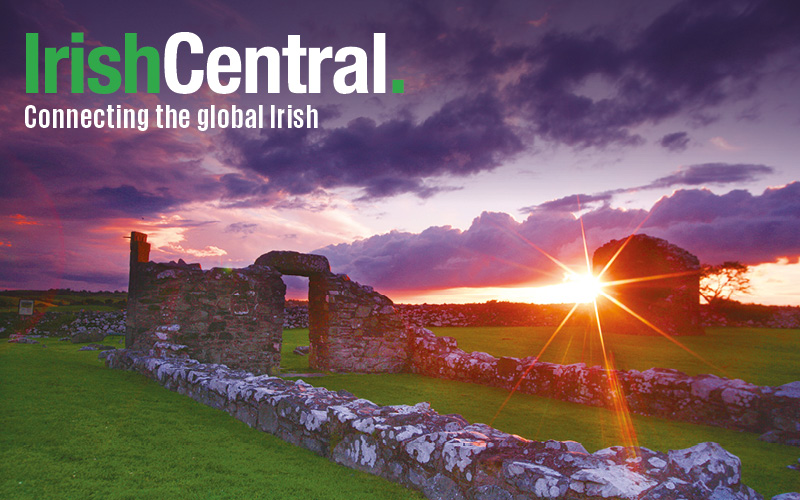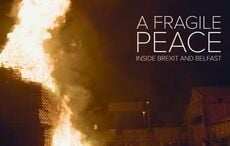Australia nearly came to an end last month. 27 million acres of it burned, devastating the continent. It was unprecedented in the country's history.
The smoke was so dense it briefly gave Australia's cities the worst air quality in the world. Some estimates suggest that over one billion animals were killed.
Scientists have been unambiguous about why it happened. Climate change has made the weather there hotter and drier each year, so fire season really began in earnest in September (it's summer in Australia) and in places this month it is still burning.
From the air, it turned the county into an image of apocalypse. There were tributaries of fire that ignited the forests, skies turned bright orange in the middle of the day, at night the country's central nervous system was made almost entirely of flame. People feared they would burn to death in their homes, it was so hot out.

Some people made it to the nation's shores, like refugees fleeing a sinking ship. There they watched red hot sparks floating gently over their heads on the sandy beach. That's because the fires raged all the way to the oceans.
Some literally had to jump into the water to escape the worst flames, because in places the fires burned right to the water's edge. The wind was howling through the interior of the country and the fire came with it.

Americans disappeared in it too. One of the planes dropping fire retardant was a north American tanker aircraft that went down in smoke blinded conditions last month, killing all three American firefighters on board.
Incredibly, most of Australia's firefighters, or “firies” as they are known there, are volunteers. They were overwhelmed early on by the sheer scale of the ruination. Working in bone dry, 110-degree weather, they were soon exhausted too.
How did this portal of hell open? 2019 was the hottest and the driest year in Australia's history. Temperature records were broken all over the country. The kind of end of the world summer that climate scientists have cautiously predicted for 2050 has already arrived.
“We have been mugged by the reality of climate change in this summer,” Malcolm Turnbull, the conservative politician who served as Australia's prime minister until 2018 told the press. “This is climate change in the raw,” he continued. “This is what we have been told to expect for years.”

Matthew Turnbull and Justin Trudeau in 2015.
“We've been warned by the climate scientists,” he continued. “Everyone has been aware of this except for the climate change deniers, who are aware of it, but they choose to deny reality.”
Turnbull was ousted from office by the right-wing of his own party over his support for cutting carbon emissions. After his ouster, he was replaced by Scott Morrison, who has scoffed at the idea of climate change.
Morrison famously stood up in the Australian parliament in 2017 brandishing a lump of coal. Protecting Australia's coal mining industry, the country's second-largest export, was his priority he said. Members of his current government argued that it's not Australia's responsibility to act on climate change anyway since no one else does.
“I mean, if, if the U.S. doesn't act, if China and India don't act to cut emissions, it doesn't matter very much what Australia does,” Morrison said.
Then his nation burned.

Surprisingly, stories this awful can still get lost amid the Tweet-storms of our own braying dictators, each one shouting louder than the last to arrest his critics and silence the press. Here in America, we have already learned more than we ever wanted to about self-admiring showboats, who will wilt if you stop paying attention to them, which is why so many of us have tried to tune them out.
Because of all the social media noise that surrounds us, we can lose track of some important things. Things like the fact that the bush fires have pushed countless species to the brink of extinction. The impact on Australian flora and fauna is incalculable. Bushfires don’t just burn the animals to death they created mass starvation events too.
Birds lost their breeding trees and the fruits and flies that they feed on. Ground-dwelling mammals had nowhere to hide, turning the surrounding landscape into an endless buffet for feral cats and foxes.
The ground is now littered with scorched homes and the corpses of kangaroos, wombats, koalas and sometimes people.
These fires were not, in the scheme of things, natural. So Australia has given us a sneak preview of 2050.
The only thing standing between you and this future is your vote this November.




Comments